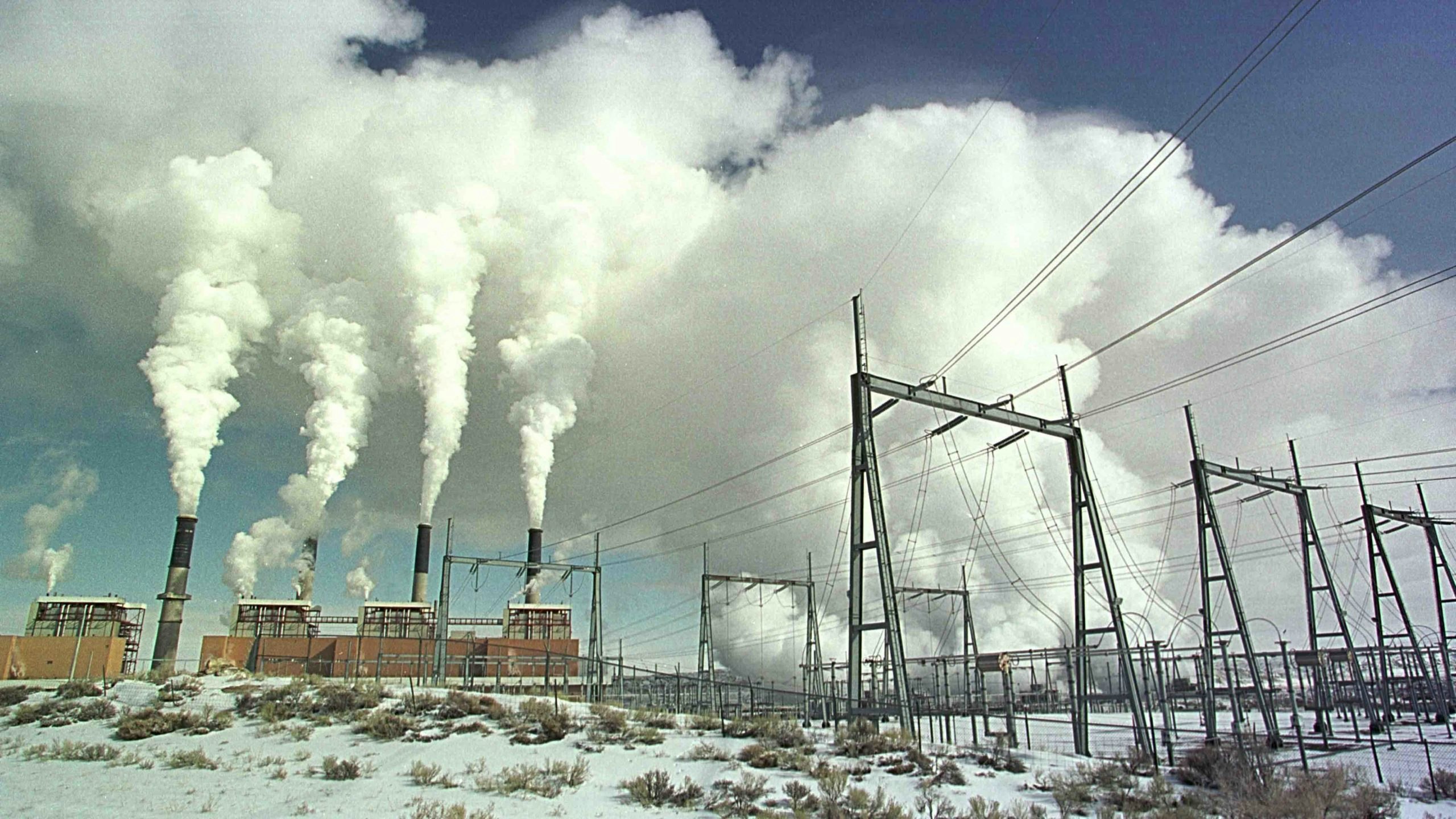Federal law enforcement officials are warning that Russian hackers are targeting refineries, pipelines, power grids and other critical energy infrastructure in the United States, including in Wyoming.
However, historically, the weather has posed a bigger threat to Wyoming’s energy infrastructure than hackers, according to records.
In late March, the Department of Energy and other federal agencies issued a joint Cybersecurity Advisory (CSA) warning regarding state-sponsored Russian cyberattacks on the energy sector in the U.S. and elsewhere.
The warning follows an investigation by the Cybersecurity Infrastructure Security Agency (CISA), the Federal Bureau of Investigation and the U.S. Department of Energy (DOE) that identified multiple targeted attacks on the energy infrastructure between 2011 and 2018.
Pipelines have historically been a target of hackers, according to Ryan McConnaughey, communications director for the Petroleum Association of Wyoming (PAW), who pointed to the 2021 ransomware on the Texas-based Colonial Pipeline that was tied to a Russia-linked cybercrime network.
So far, to McConnaughey’s knowledge, Wyoming’s energy sector has not been hit by Russian or other hackers.
“The individual energy companies and industry as a whole and their partners work with CISA and DOE to look into the future to try to mitigate the risks,” he said.
The warning of heightened concerns by the federal government doesn’t come as a surprise, he noted, adding that the industry has people working on cybersecurity on a full-time basis to prevent such attacks and that the companies regularly work together to share information about potential threats.
Historically, records show the biggest threat to Wyoming’s energy sector has been thunderstorms and lightning.
Between 2009 and 2019, thunderstorms and lightning accounted for $7 million in overall property loss each year, according to an Energy Sector Risk Profile prepared by the DOE. During this time, the state had eight major disaster declarations.
The second largest hazard was floods, with 19 accounting for $3 million in damage each year during that same period.
The third largest cause of damage to the infrastructure was wildfires. The federal reported that between 2009 and 2019, the state saw five fire management assistance declarations. Fire damages to the infrastructure are estimated at $2 million per year.
Potential Targets
In terms of its energy infrastructure, Wyoming has 27 electric utilities, 28 natural gas processing facilities and two liquefied natural gas plants with a storage of 6,051 barrels, per the report.
Additionally, as of 2018, there were 6,838 miles of natural gas transmission pipelines and 5,429 miles of natural gas distribution pipelines running through the state.
Between 1984 and 2019, the report stated that the largest disturbance to the state’s natural gas distribution system came from unknown events and outside forces while the gas was being shipped via pipelines.
In addition to gas lines, as of 2018, Wyoming had 4,257 miles of crude oil pipelines and an additional 1,379 miles of pipelines for refined products.
The report cited no cyberattacks on any of the state’s energy infrastructure.





